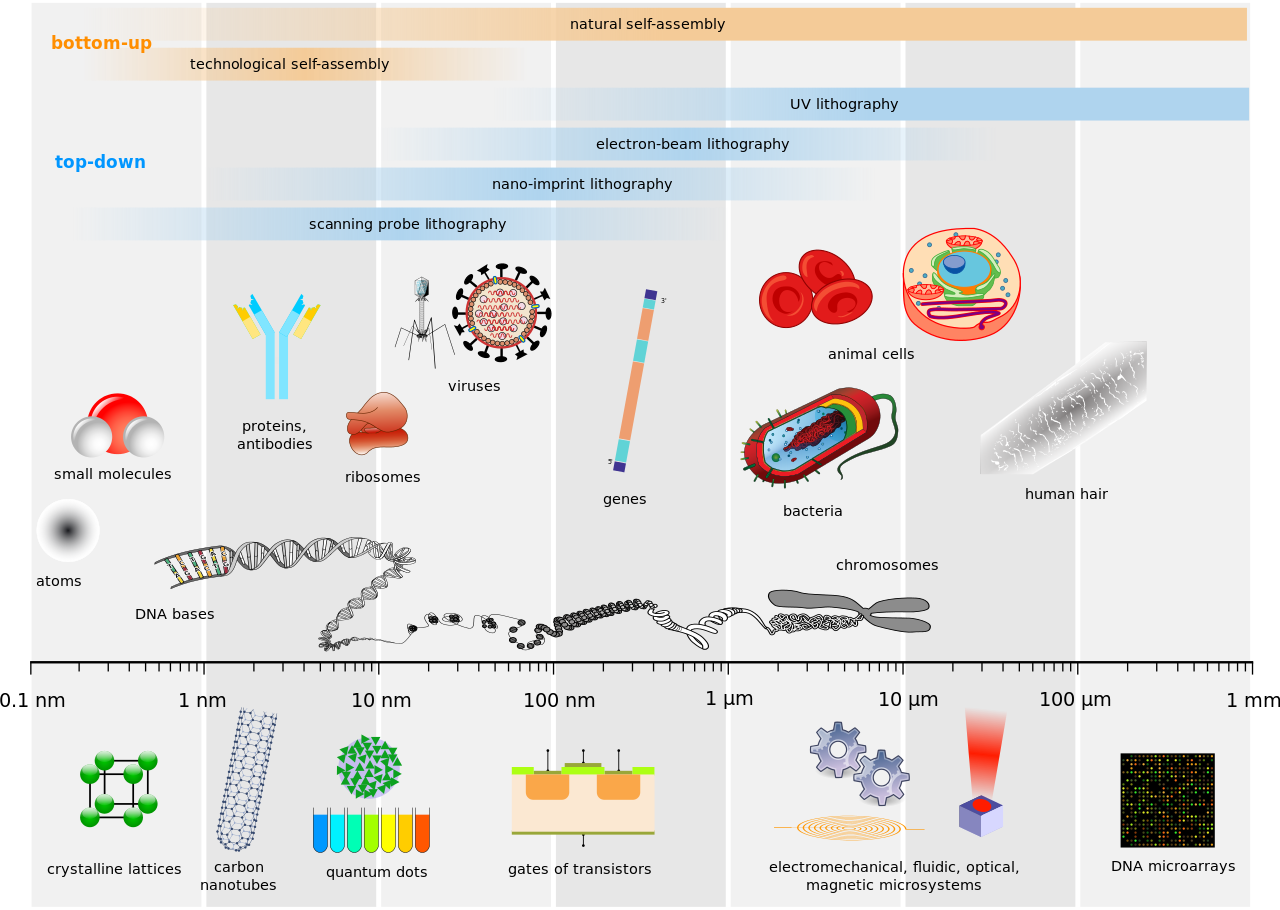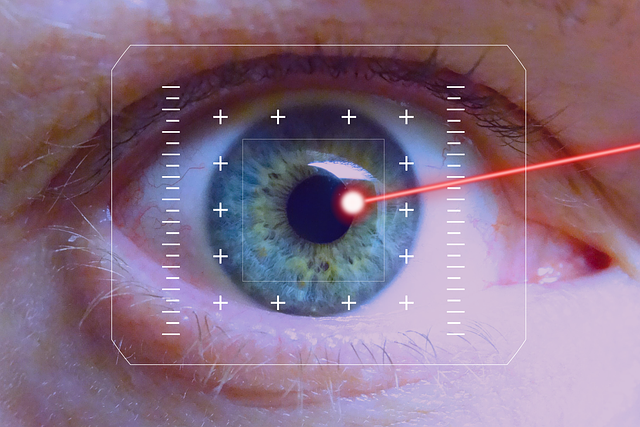Recently, I gave a talk on particles and interactions to my daughter’s classmates who were planning on a trip to DESY, Germany and wanted to have an idea of what it was all about. As my first talk of this kind, I was a bit nervous because I didn’t know what level, and background, I should peg the talk at. I didn’t want to make it too basic, which I thought would be a waste of time. Nor did I want to make it too technical, which also would make it useless in a different way.
In the end, I decided to make it a bit philosophical, and as interactive as I could. I think the students enjoyed it. In any case, because of my misgivings, I over-prepared for the talk, and I thought I would make an eBook and a blog series out of my work. I hope you enjoy it as much as the students did.
What Can You Expect?
In this post series, you can expect a non-technical description of modern physics, which consists of the developments after the turn of the 20th century. Although you use these developments everyday, in your gadgets and gizmos, the physics you learned in high school largely ignores them. As a result, when you read about certain breakthroughs in research, you don’t have a feel for why they are important. After reading these posts, you should expect to know the following:
- What is it that you learned in high school?
- Why did they have to change it circa 1900?
- What is everything made up of? What holds it all together?
- What is Quantum Mechanics? Why do people believe it such a bizarre theory?
- What is Special and General Relativity? Why is Einstein such a godlike figure in modern physics?
- What is this Higgs business? Why are people excited about it?
- Why do they spend so much money on particle accelerators? What are they anyway? How do they work?
- What are the unanswered questions in physics?
- What about this dark matter and dark energy?
- What is string theory? Why strings?
- Grand Unified Theory? Quantum Gravity? What the heck?
Of course, you will get only qualitative answers to these questions. But my hope is that you will get a whole new worldview, or a framework that puts things in perspective, and ignites your curiosity so that you will want to learn more. For that reason, wherever possible, I will point you to other resources and further reading.
Length Scales
In this post series, we will be dealing with things of very different sizes. Before we proceed, therefore, we have to get an idea of the units we use for lengths and their scales, which are shown in the following table and figure.
| Name | Size | Scale |
|---|---|---|
| Kilometer – km | 1000 m | Distance between places |
| Meter – m | 1 m | Height of a human being |
| Centimeter – cm | 1/100 m | Human nail |
| Millimeter – mm | 1/1000 m | Thickness of human nail |
| Micrometer (micron) μm | 1/1000 mm | Bacteria |
| Nanometer – nm | 1/1000 μm | Molecules |
| Picometer – pm | 1/1000 nm | Subatomic scale. An atom is about 110 pm |
| Femtometer – fm | 1/1000 fm | Atomic nucleus |
Image by Guillaume Paumier, Philip Ronan, NIH, Artur Jan Fijałkowski, Jerome Walker, Michael David Jones, Tyler Heal, Mariana Ruiz, Science Primer (National Center for Biotechnology Information), Liquid_2003, Arne Norman & The Tango! Desktop Project [CC BY-SA 2.5], via Wikimedia Commons
Different Sciences
The title of this work is Of Structure and Interactions. It is about the structure of matter, and the interaction among the constituent particles. The question we are trying to answer is: What are we, and everything around us, made up of? The answer, unfortunately, depends on whom we ask, and the context within which they think.
If you ask a biologist, the answer is cells. The unit of life biology deals with, by and large, is a cell. The size of a cell is a few microns. A bacterium is about a micron, and we can see it using a microscope (which is why we call it a microscope). Biology also concerns itself with large molecules, like DNA and proteins, which are a few nanometers in size, and in that respect, molecular biology overlaps with another science, chemistry.
Chemistry deals with molecules, atoms and bonds. It is basically about the interaction of outer electrons in an atom with those of another. The size of things it deals with ranges from 0.1nm (atom) to a few nm as in molecules. To a chemist, matter is made up of atoms.
The physics we are going to look at here deals with sizes smaller, much smaller than atoms. Interestingly, all atoms have roughly the same size, of about 0.1nm. Atomic nuclei, on the other hand, have different sizes, but are at least 10,000 times smaller than an atom. In particle physics, we are really asking the question what matter is made up of, at the level of particles smaller than the ones in atomic nuclei. And how they interact with each other.
Physics – The Most Fundamental?
Looking at the scales of the objects that these different subjects deal with, we can probably make the claim that physics is more fundamental than chemistry, which is more fundamental than biology. If we know everything there is to know about particle interactions, we could, in theory, “derive” all of chemistry from physics. In that sense, physics subsumes chemistry, and indeed all other domains of human knowledge.
This notion about the special, fundamental nature of physics may look reasonable, but it is misplaced, as we shall see in the next post.

